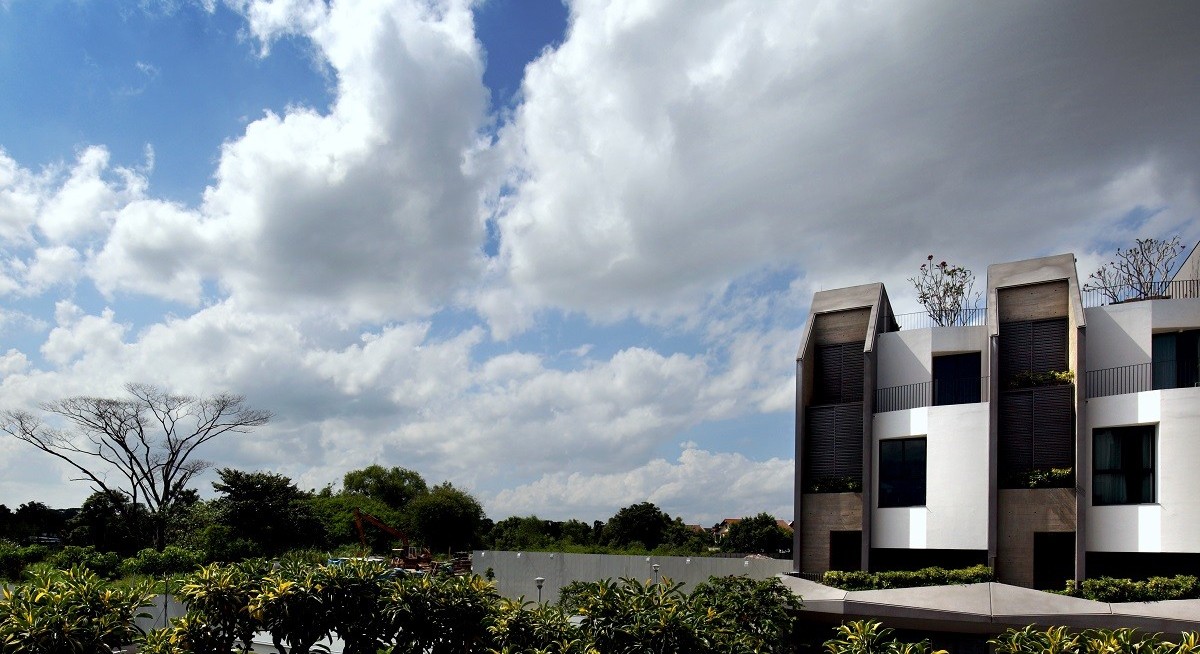Pwee writes: ”This allowed for huge plantations with the accompanying economies of scale to flourish. If the original local owners wanted to continue investing in the plantations, they would accept shares in the London company in lieu of part of the purchase price. Two London-based companies, Bukit Sembawang Rubber Company Limited and Singapore United Rubber Plantations Limited, were formed to acquire the companies of Tan Chay Yan’s coalition in exchange for shares in these London companies.” Tan Chay Yan was the first rubber planter in Malaya and a grandson of Tan Tock Seng.
The holdings of the London companies totalled 12,000 acres by 1912, making them one of Singapore’s largest landowners. However, the militarisation of Japan caused the British to construct a naval base in Sembawang along with airfields, resulting in compulsory acquisition of large chunks of land from Bukit Sembawang and Singapore United companies in 1923.
After the war ended, Singapore’s population grew and more land had to be cleared for homes. In 1954, Bukit Sembawang Estates was formed to take over blocks of plantation land from the two earlier companies to build low-cost housing for sale in Bukit Sembawang Hills at the junction of Yio Chu Kang Road and Upper Thomson Road.
According to its FY2025 annual report, Bukit Sembawang’s landbank consists of 122,143 sq m of 999-year leasehold land and 87,636 sq m of 99-year leasehold residential land.
Bukit Sembawang’s legacy landbank included a significant amount of agricultural land and land with long leases (999-year or freehold). These older land titles were not ideal for residential development and Bukit Sembawang paid a land betterment charge to the SLA to convert plantation land to 99-year leasehold land. One of the projects on this land is Nim Collection.
The conversion was finalised in 2016, and Phase 1 of the Nim Collection was launched in 2018. In 4Q2025, the group will launch Nim Collection Phase 4, its primary development for sale this year. The collection comprises 186 units of 99-year leasehold landed homes located along Ang Mo Kio Avenue 5.
As at June 20, 92% of 132 units at The Pollen Collection, which also sits on 99-year leasehold land, have been sold.
In reply to shareholders for its AGM, which was held on July 28, Bukit Sembawang says the company adopts “a calibrated approach, taking into account supply and demand dynamics. We release units in batches, which allows us the flexibility to respond to market absorption and prevailing market conditions”.
In pricing the Pollen Collection, Bukit Sembawang says it has taken into consideration a range of factors, including prevailing market conditions, recent transacted prices of landed homes in the vicinity (including resale units), tenure of the development, geographical location, orientation, and the overall positioning of the project.
In 2025, the average transacted price for intermediate terraces at Pollen Collection, with a land size of 1,615 sqft, is $2,415 psf. “This is competitively priced for landed homes in the vicinity, taking into account the 99-year leasehold tenure and its location within the Seletar Hills enclave in District 28,” the company says.
“It is also important to note that the pricing dynamics for landed homes differ from those of condos and cluster housing, which come with common amenities. Condo and cluster housing are strata subdivided and are priced on strata area, whereas subdivided landed homes are valued based on land area,” Bukit Sembawang explains.
Condos can be purchased by both locals and foreigners and are often considered for both investment and owner-occupation purposes. Landed homes generally have larger floor areas, resulting in a lower psf pricing based on floor area. Ownership of landed homes is also generally restricted to Singaporeans, and typically purchased for their own stay. “This results in a more limited buyer pool for landed homes, and price quantum and affordability become key considerations,” Bukit Sembawang explains.
In FY2025 ended March, Bukit Sembawang recorded a net profit of $114.3 million, 61% higher y-o-y. Earnings per share also rose by 61.3% y-o-y to 44.14 cents.
On May 26, the company announced an ordinary dividend of 4 cents and a special dividend of 16 cents. This represents a dividend payout of 45%. The total dividend translates into a historical yield of 4.96%.
Bukit Sembawang trades at a narrower discount to net asset value of 0.65x compared to other mid-sized developers. Bukit Sembawang has a more liquid balance sheet with no debt, net cash of around $582 million as at end-March, and its landbank is in Singapore. Against this background, the stock’s NAV of $6.15 (as at March 31) comprises more than $2 of cash. Of course, as a developer, earnings can be volatile, but Bukit Sembawang should be able to weather the volatility. Free cash flow was positive in FY2024 and FY2025 but was negative in FY2023. No analyst covers this stock.




